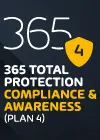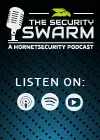Network Fundamentals: Top Picks
Network Fundamentals
The Importance of a Network Analyzer – Packet Sni…
Network Analyzers, also known as Packet Sniffers, are amongst the most popular network tools found inside any Network Engineer’s toolkit. A Network A…
Network Fundamentals
Firewall Topologies
In this section we are going to talk about the different ways a firewall can be set up. Depending on your needs, you can have a very simple firewall…
Network Fundamentals
Network Broadcast
The term "Broadcast" is used very frequently in the networking world . You will see it in most networking books and articles, or see it happening on…
Network Fundamentals
Introduction to Content Switching - Application &…
Content switches (also sometimes called application switches) is a class of network device that is becoming increasingly common in medium to large si…
Featured Subcategories:
Netflow Articles:
Netflow
Netflow: Monitor Bandwidth & Network Utilization…
Monitoring network traffic & bandwidth usage via Netflow is mandatory for any type and size network. Gaining visibility into user traffic, applic…
Netflow
Netflow vs SNMP. Two Different Approaches to Netw…
SNMP (Simple Network Management Protocol) and Netflow are both popular protocols with admins, prized for their ability to give visibility over the ne…
Netflow
Complete Guide to Netflow: How Netflow & its Comp…
This article will cover the basics of Netflow, including its use cases, Netflow supported devices, Netflow history, and variants. We’ll also dive int…
Netflow
NetFlow Analyzer: Free Download, Step-by-Step Ins…
In our previous article we explained how a Netflow Analyzer can help you gain visibility into your user traffic, application traffic and data flows w…
Network Protocols:
Supernetting & CIDR
Supernetting In-Depth Analysis - Learn to Identif…
Our previous article served as an introduction to Supernetting, also known as Route Summarization. We covered the concept of Supernetting, how it wor…
Subnetting
IP Subnetting - Part 2: Subnet Masks & Their Effe…
There are a few different ways to approach subnetting and it can get confusing because of the complexity of some subnets and the flexibility they off…
TCP - UDP Protocol Analysis
Transmission Control Protocol - Part 4: In-Depth…
This article is an introduction to the 7-page TCP Header analysis section that follows. We briefly view each section of the TCP Header and then move…
Supernetting & CIDR
What is Supernetting (Route Summarization) & How…
Supernetting is the opposite of of subnetting, and is also known as route aggregation or CIDR (Classless Inter-Domain Routing). Supernetting is a tec…
TCP - UDP Protocol Analysis
UDP Protocol - Header
This article covers the UDP protocol. We examine the structure of the UDP header, the protocols that use UDP as a transport plus a lot more.
Some co…
Subnetting
IP Subnetting - Part 3: Subnet Mask Bits & Analys…
So we have covered to some depth the subnetting topic, but there is still much to learn ! We are going to explain here the available subnet masks and…
TCP - UDP Protocol Analysis
TCP Header Anaylsis - Section 1: TCP Source & Des…
This section contains one of the most well-known fields in the TCP header, the Source and Destination port numbers. These fields are used to specify…
Subnetting
IP Subnetting - Part 1: The Basic Concepts
When we subnet a network, we basically split it into smaller networks. For example, when a set of IP Addresses is given to a company, e.g 254 they mi…
STP/ICMP Protocols:
ICMP Protocol
ICMP Protocol - Part 7: Time Exceeded Message Ana…
The ICMP - Time Exceeded message is one which is usually created by gateways or routers. In order to fully understand this ICMP message, you must be…
ICMP Protocol
ICMP Protocol - Part 6: Redirect Messages
The ICMP - Redirect Message is always sent from a gateway to the host and the example below will illustrate when this is used.
Putting it simply (be…
ICMP Protocol
ICMP Protocol - Part 2: Echo / Echo Reply (Ping)…
As mentioned in the previous page, an Echo is simply what we networking engineers call a 'ping'. The Echo Reply is, as most would guess, the 'p…
ICMP Protocol
ICMP Protocol - Part 1: Introduction
The Internet Control Message Protocol (ICMP), is a very popular protocol and actually part of an Internet Protocol (IP) implementation. Because IP wa…
Wi-Fi Key Generator
Follow Firewall.cx
Cisco Password Crack
Decrypt Cisco Type-7 Passwords on the fly!
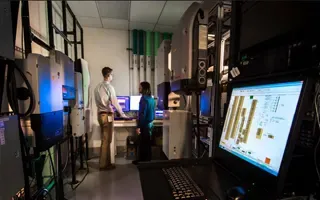
VLAN Networks
VTP Protocol - In-Depth Analysis
The previous article introduced the VTP protocol, we examined how it can be used within a network, to help manage VLANs and ease the administrative overhe…
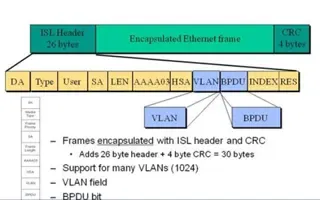
VLAN Networks
VLAN InterSwitch Link (ISL) Protocol Analysis
Deciding whether to use ISL or IEEE 802.1q to power your trunk links can be quite confusing if you cannot identify the advantages and disadvantages of eac…

VLAN Networks
VLANs - Access & Trunk Links
If you've read our previous article The VLAN Concept - Introduction to VLANs then you should feel comfortable with terms such as 'VLAN', 'Stati…
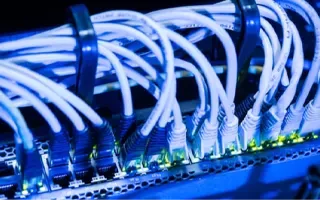
VLAN Networks
Dynamic VLANs
Dynamic VLANs were introduced to grant the flexibility and complexity(!) that Static VLANs did not provide. Dynamic VLANs are quite rare because of their…
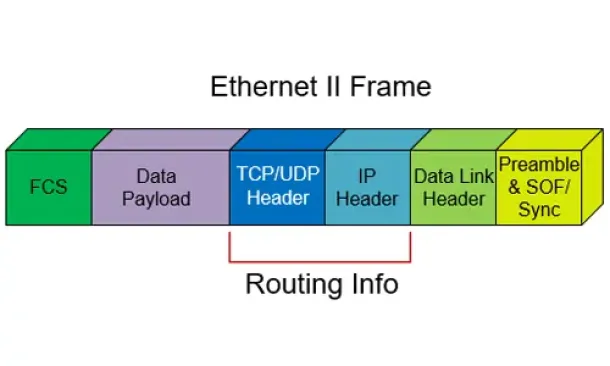
Routing
Routed Protocols
We all understand that TCP/IP, IPX-SPX are protocols which are used in a Local Area Network (LAN) so computers can communicate between with each other and…
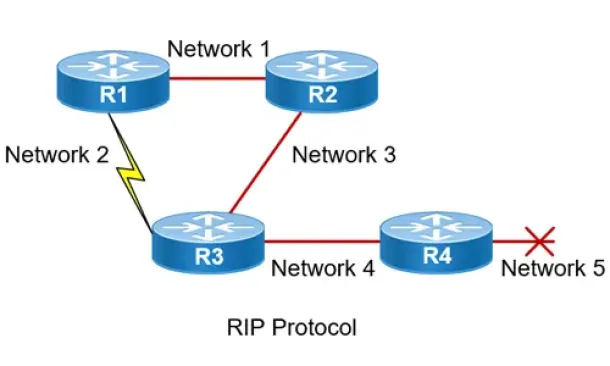
Routing
Routing Information Protocol - RIP
Routing Information Protocol (RIP) is a distance-vector routing protocol that is commonly used in small to medium-sized networks. It is one of the o…
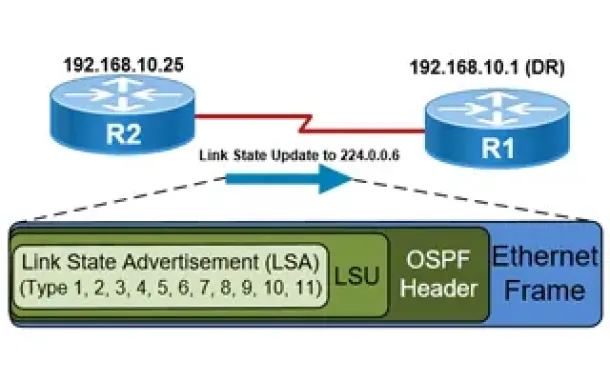
Routing
OSPF - Part 5: Analysis of OSPF Link State Update (LSU…
This article explains how OSPF uses Link State Advertisement (LSA) to exchange information about the network topology between routers. When a router recei…
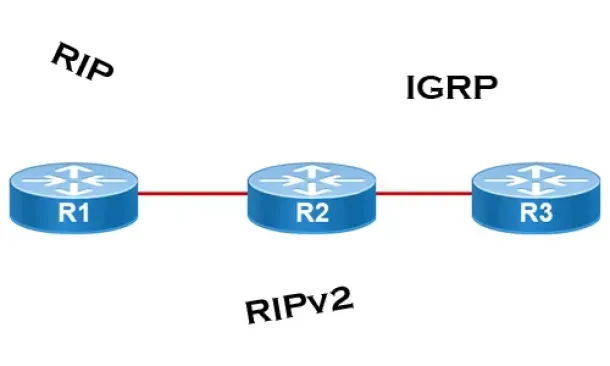
Routing
Distance Vector Routing Protocols
Distance Vector routing protocols use frequent broadcasts (255.255.255.255 or FF:FF:FF:FF) of their entire routing table every 30 sec. on all their interf…
Network Address Translation - NAT
Dynamic NAT - Part 1
Dynamic NAT is the second NAT mode we're going to talk about. Dynamic NAT, like Static NAT, is not that common in smaller networks but you'll find it used…
Network Address Translation - NAT
Static NAT - Part 2
The previous page (Static NAT - Part 1) helped us understand what exactly happens with Static NAT and how it works, and we saw a few examples of how to us…
Network Address Translation - NAT
Static NAT - Part 1
Static NAT (also called inbound mapping) is the first mode we're going to talk about and also happens to be the most uncommon between smaller networks.
S…
Network Address Translation - NAT
Network Address Translation (NAT) Concepts
Before we dive into the deep waters of NAT, we need to make sure we understand exactly what NAT does. So let me give you the background of NAT, why it's h…












